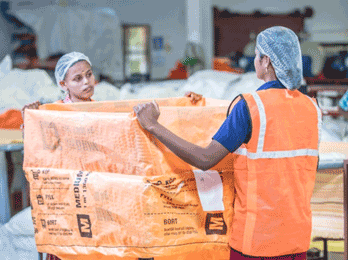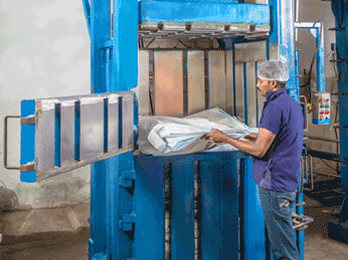- +91-96775 99999
- [email protected]
The first step involves extrusion, where a mix of virgin ingredients are melted and shaped into tapes of specific measurements. The ingredients used in this process include polypropylene (PP) granules, small amount of calcium carbonate, ultraviolet inhibitors and possibly color pigmentation. At this stage, the tensile durability of the tapes is determined. The tapes are loaded onto industrial bobbins in preparation for the weaving stage.
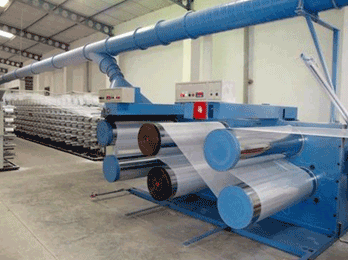
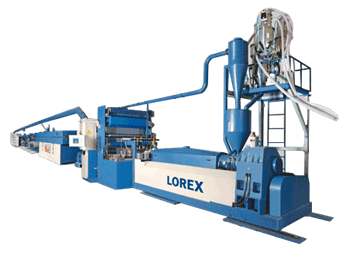
The tapes formed from the PP granules are loaded onto weaving looms. Here, the polypropylene fabric that forms the body for a bulk bag is woven into shape. The resulting material is strong enough to carry a vast array of industrial products and consumable goods. However, it’s “breathable,” and thus subject to the passage of moisture. In addition to providing material for bulk bags, the woven PP material is also used for loading and discharge components.
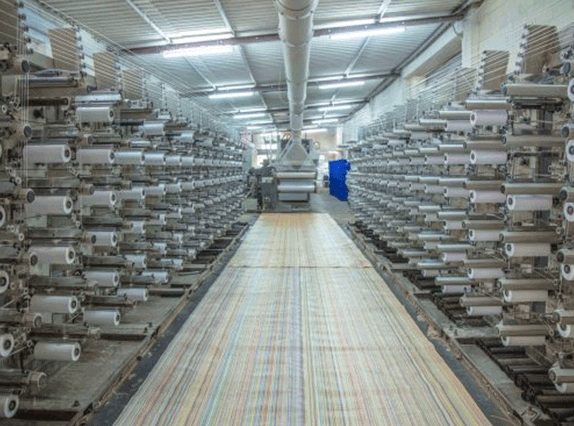
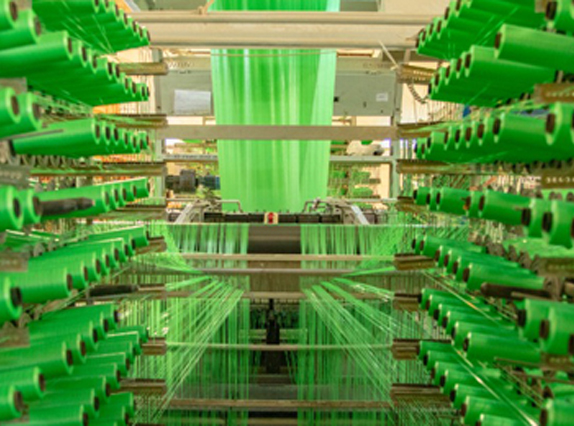
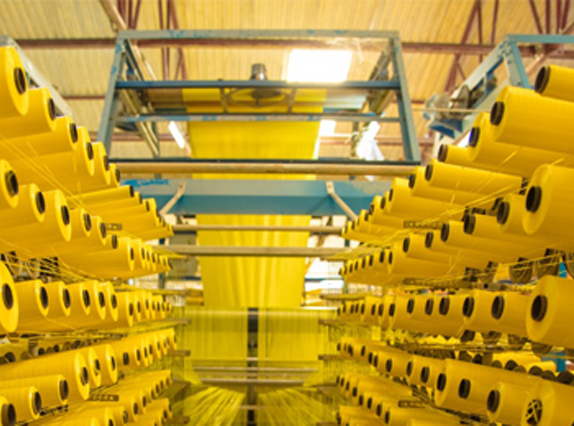
The handle pieces of bulk bags are made during this stage. Here, heavier tapes of polypropylene fabric are spun into webbing material. Strips of this material are then cut to precise measurements, which are determined by the size of the bags in production. These strips form the handles, or lifting loops, of each bag. On most bulk bags, the webbing strip lines the seams along each of the four sides, with handle loops above each end.
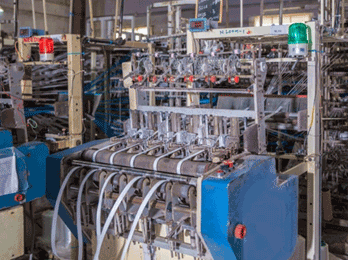
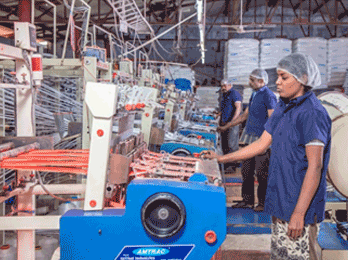
The polypropylene fabric is fed into a slicing machine, where it’s cut into shapes of specific measurements. The measurements are determined by whether the sides, edges or bottoms are being produced during a given operation. The process by which the measurements are made is automatic, which ensures exact lengths for each cut. Whether a line of bulk bags needs to be square, tubular or vertically rectangular, the appropriate cuts are made at this stage.

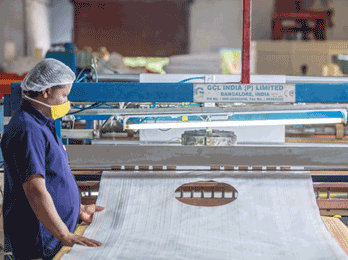
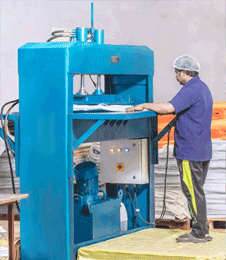
Once the pieces of the polypropylene fabric have been cut into shape, they are fed into a printing machine. Here, impressions are made on the fabric. If a company has a brand name or logo that they want to be applied to a line of bags, the printing occurs at this stage. Depending on the brand in question, an assortment of colors may be implemented. For the best possible impressions, a heavy-duty printer is necessary for this process which SDR Polymers has.
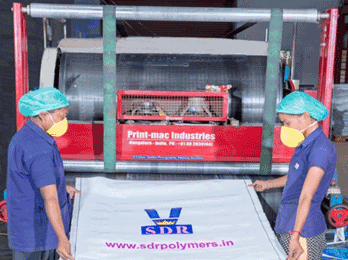
At this stage, the various pieces that comprise the bulk bag — including both the square and rectangular pieces of polypropylene fabric, as well as the heavier lifting-loop strips — are put together with an industrial sewing machine. Bulk bags are sewn together in mass quantities by a team of trained hands under the watchful eye of technical supervisors. Each seam must be straight, tight and secure, with no creases or bends along any of the sides or bottom ends.
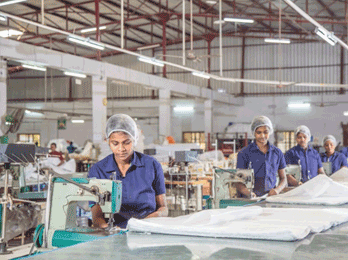
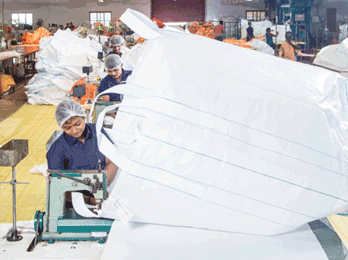

Once a line of bulk bags has been sewn together, each bag is inspected by quality control inspectors. The purpose is to ensure each bag meets the required standards of strength and durability for a product line of bulk bags. If any bags are found to be insufficiently sewn, they are removed.
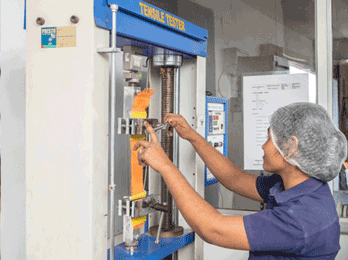
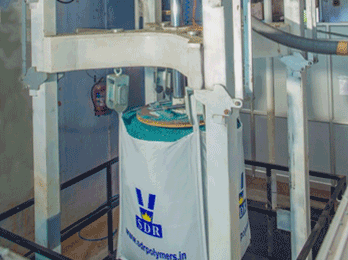
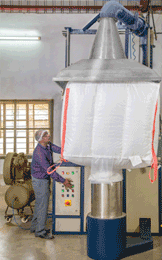
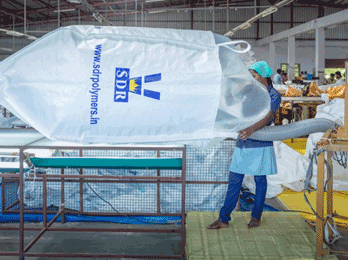
Once a line of bulk bags has been sewn together, each bag is inspected by quality control inspectors. The purpose is to ensure each bag meets the required standards of strength and durability for a product line of bulk bags. If any bags are found to be insufficiently sewn, they are removed.
